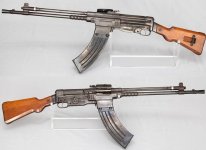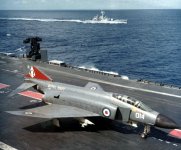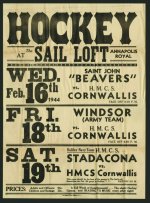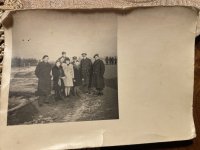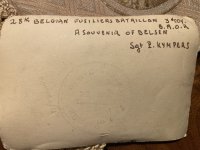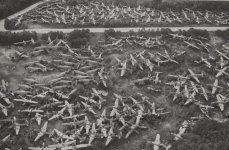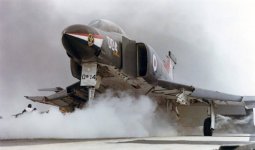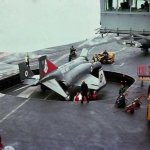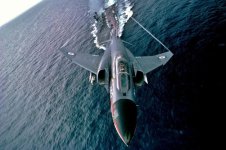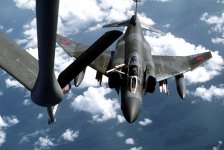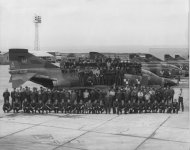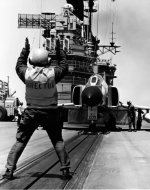During World War II, German aircraft designers had investigated a number of advanced aircraft concepts. One notion, which had been investigated in detail by Dr. Alexander Lippisch, had been tailless aircraft; his work led to the Messerschmitt Me 163 rocket fighter. Although rocket fighters would prove to be a bad idea, aerodynamically the swept-wing Me 163 was ahead of its time. Lippisch went further, working on delta-winged tailless aircraft, in particular coming up with the "P13A" -- a design for a supersonic delta-winged aircraft, powered by a ramjet engine.
The P13A was never built; work was proceeding on an aerodynamic test glider, the "DM1", when Germany surrendered in May 1945. The Americans brought Lippisch and the DM1 to the US, where wind tunnel tests were conducted on the glider, with major changes in configuration to evaluate different concepts.
The Convair company was very interested in Lippisch's delta-wing concepts and came up with a concept for a delta-winged interceptor, designated the "XP-92". It originally was to be a "flying stovepipe" using rocket / ramjet propulsion, with a cylindrical body, delta wings and tailfin, and the cockpit in the engine inlet centerbody. It was an implausible-looking contraption, later being compared to a prop from a "Flash Gordon" movie serial. Since the design was so radical, actual flight experience with delta winged aircraft being very limited, Convair decided to build a fast-track demonstrator, originally designated the "Model 7002", to flight-test the concept.
The Model 7002 was put together cheaply, using existing components when possible -- for example, nose gear from a Bell P-63 Kingcobra, landing gear from a North American FJ-1 Fury. The Model 7002 was powered by a single Allison J33-A-23 non-afterburning centrifugal-flow turbojet with 23.1 kN (2,360 kgp / 5,200 lbf) thrust, fed by a circular inlet in the nose, and had delta wings with a 60 degree sweepback; a triangular tailfin; tricycle landing gear, with the nosewheel retracting forward and the main gear hinging from the fuselage into the wings; plus a framed clamshell canopy. It had no combat kit, and no combat capability.
The Air Force gave the Model 7002 the service designation of "XF-92A". The first flight of the XF-92A, in natural metal finish, was on 8 June 1948, from what was then Muroc Dry Lake in California and with company test pilot Sam Shannon at the controls. After initial trials, the aircraft was refitted with an afterburning J33-A-29 turbojet, providing 33.4 kN (3,400 kgp / 7,500 lbf) thrust, with the new engine fit involving a fuselage stretch. The XF-92A was painted white and continued its sequence of flight tests at Edwards Air Force Base (AFB), as Muroc had been renamed in the meantime.
The XF-92A was something of a disappointment, being both unreliable and performing well below expectations, which were admittedly inflated. It proved very useful, however, in correcting misperceptions and providing extensive data on the flight characteristics of delta-winged aircraft. After Air Force evaluation, the XF-92A was then handed over to the US National Advisory Committee on Aeronautics (NACA, the predecessor of the US National Aeronautics & Space Administration or NASA) for further flight tests into 1953.















































